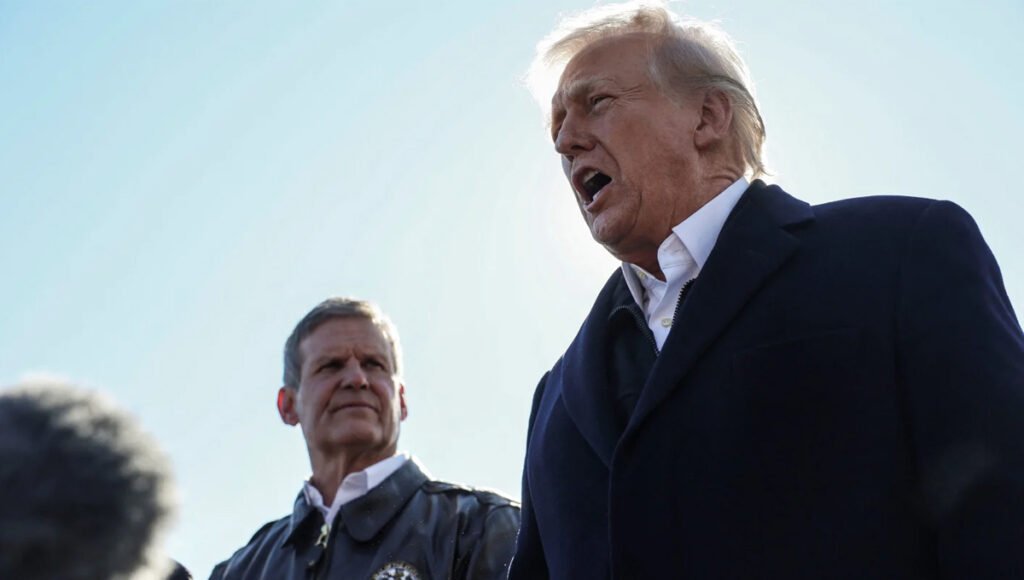President Donald Trump has suggested an executive order to restructure or maybe destroy the Federal Emergency Management Agency (FEMA), which has generated a lot of controversy. Said during a briefing in Asheville, North Carolina—a recently ravaged area by Hurricane Helene—the president’s comments have left many wondering about the direction of disaster management in the United States. Trump’s notion for a state-centric approach to emergency response has generated both questions and support as he continues his California tour among roaring fires.
Why Is FEMA Important? What Is It?
Disaster response and recovery depend much on the Federal Emergency Management Agency, often known as FEMA. Originally founded in 1979, FEMA’s goal is to assist localities in planning for, reacting to, and recovering from both man-made and natural events. From organising relief operations to offering financial assistance, the agency is essential component of the country’s disaster response system.
Trump’s FEMA Overhaul Vision
What Did Trump Say Regarding FEMA?
Travelling to Asheville, Trump said, “I think we’re going to recommend that FEMA go away.” His comments resulted from discontent with FEMA’s reaction to the unprecedented floods Hurricane Helene brought forth in North Carolina.
Why would Target FEMA Now?
Trump’s remarks line up with the conservative policy road map “Project 2025,” which supports less government engagement in disaster response. Trump seems to support the idea of states and municipalities bearing more responsibility.
Examining FEMA’s Performance Under Review: Closer Look
North Carolina’s Flood Reaction
Critics contend that FEMA’s reaction to Hurricane Helene was inadequate, leaving areas without relief. Trump’s comments show irritation with what he believes to be bureaucratic inefficiency.
Wildfires in California
FEMA’s capacity to handle major crises is once more under scrutiny as California struggles with terrible wildfires. Trump’s trip to Los Angeles is meant to evaluate continuous efforts at rehabilitation.
Disaster Management From States: Benefits and Drawbacks
Argument for State Autonomy
Trump’s plan stresses enabling states to manage crises. “The governor looks after North Carolina when it gets hit,” he said. Faster, localised replies are guaranteed by this method, according to supporters.
Potential Obstacles
Critics believe states might not have the tools or knowledge needed to handle big disasters. Turning from federal to state-led initiatives could also result in differences in disaster response capacity.
How Would Money Be Distributed Without FEMA?
Direct Federal Grants
Trump proposed going straight to states and avoiding FEMA to handle assistance This might simplify financing, but it begs problems with responsibility and control.
Effect on Disaster Resistance
Changing expenses to states could put pressure on finances and could influence initiatives on long-term readiness. States with limited means could find it difficult to make investments in preventative programs.
What Professionals Are Saying
Plan Supporters
Decentralising disaster management, according to supporters, helps states innovate and lessens federal overreach.
Critics Voice Issues
Many analysts think tearing down FEMA will compromise national disaster response capacity, therefore exposing the United States to major crises.

